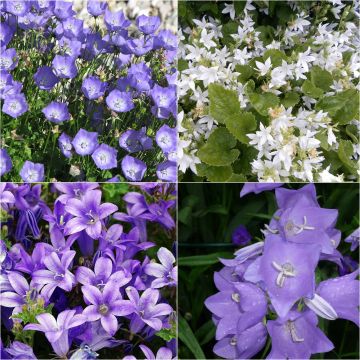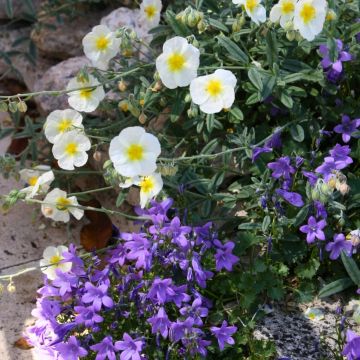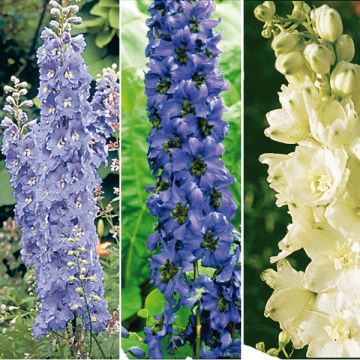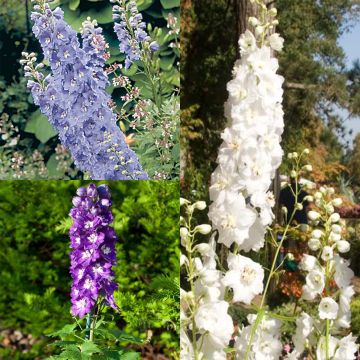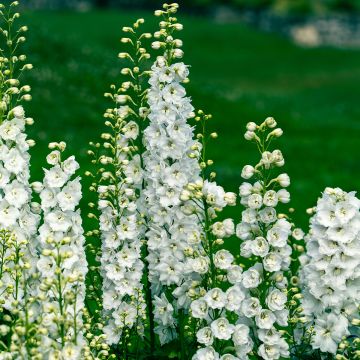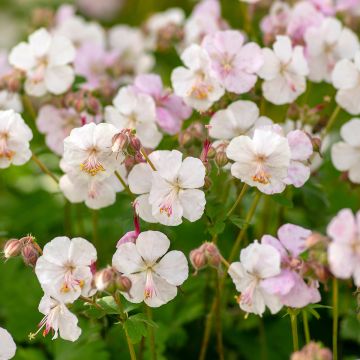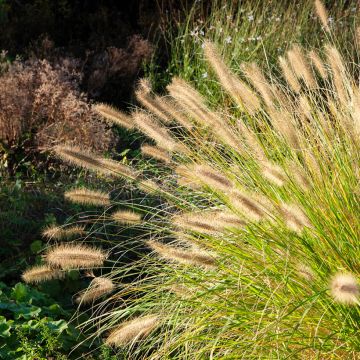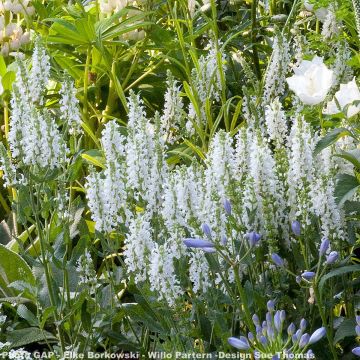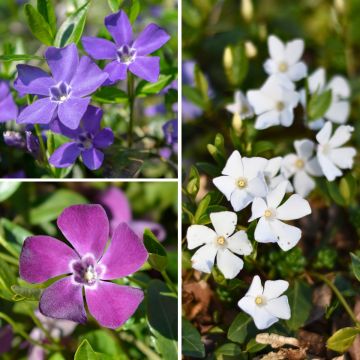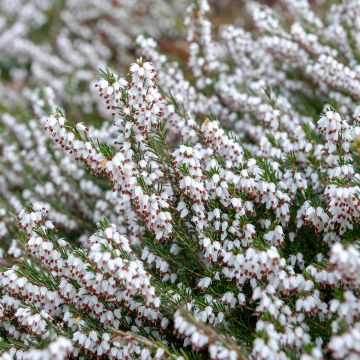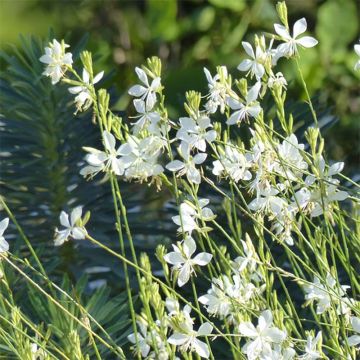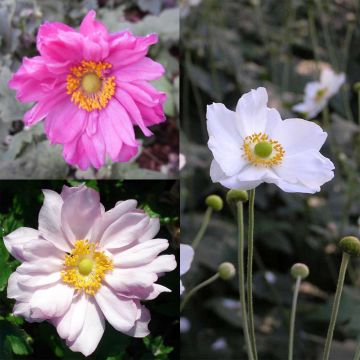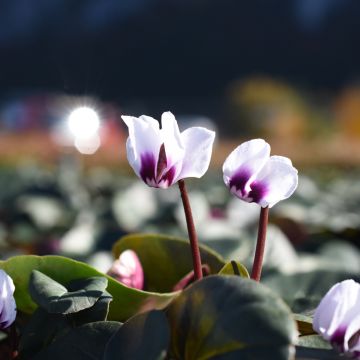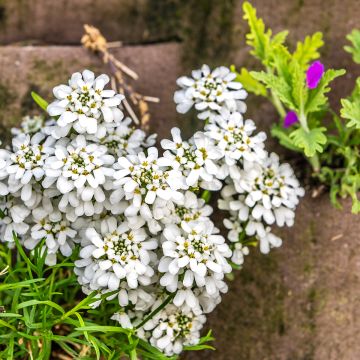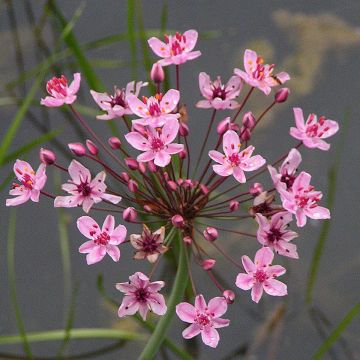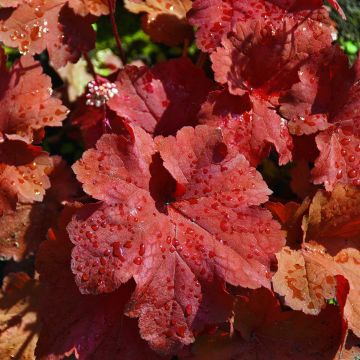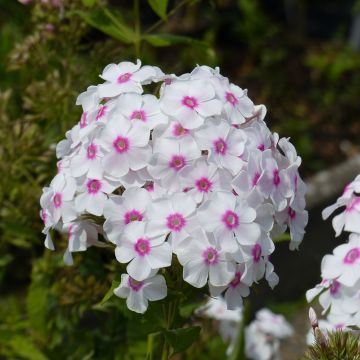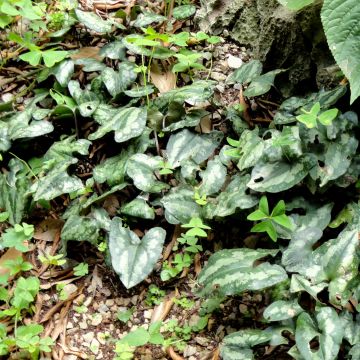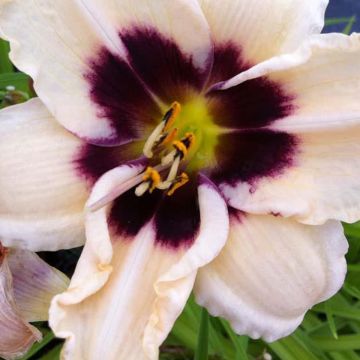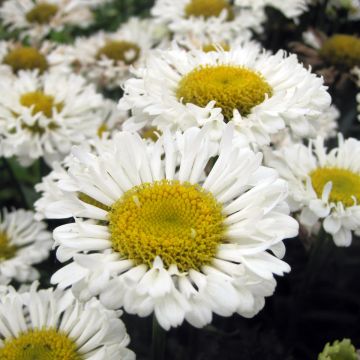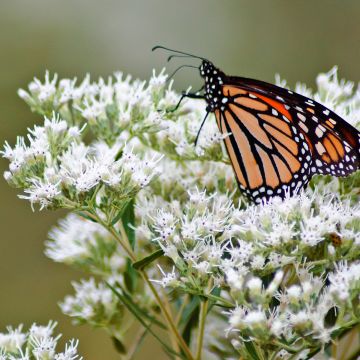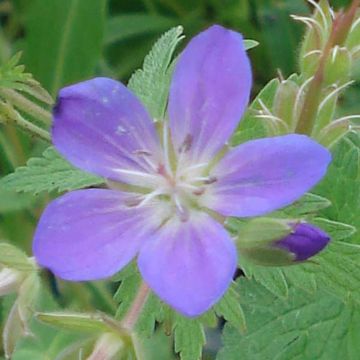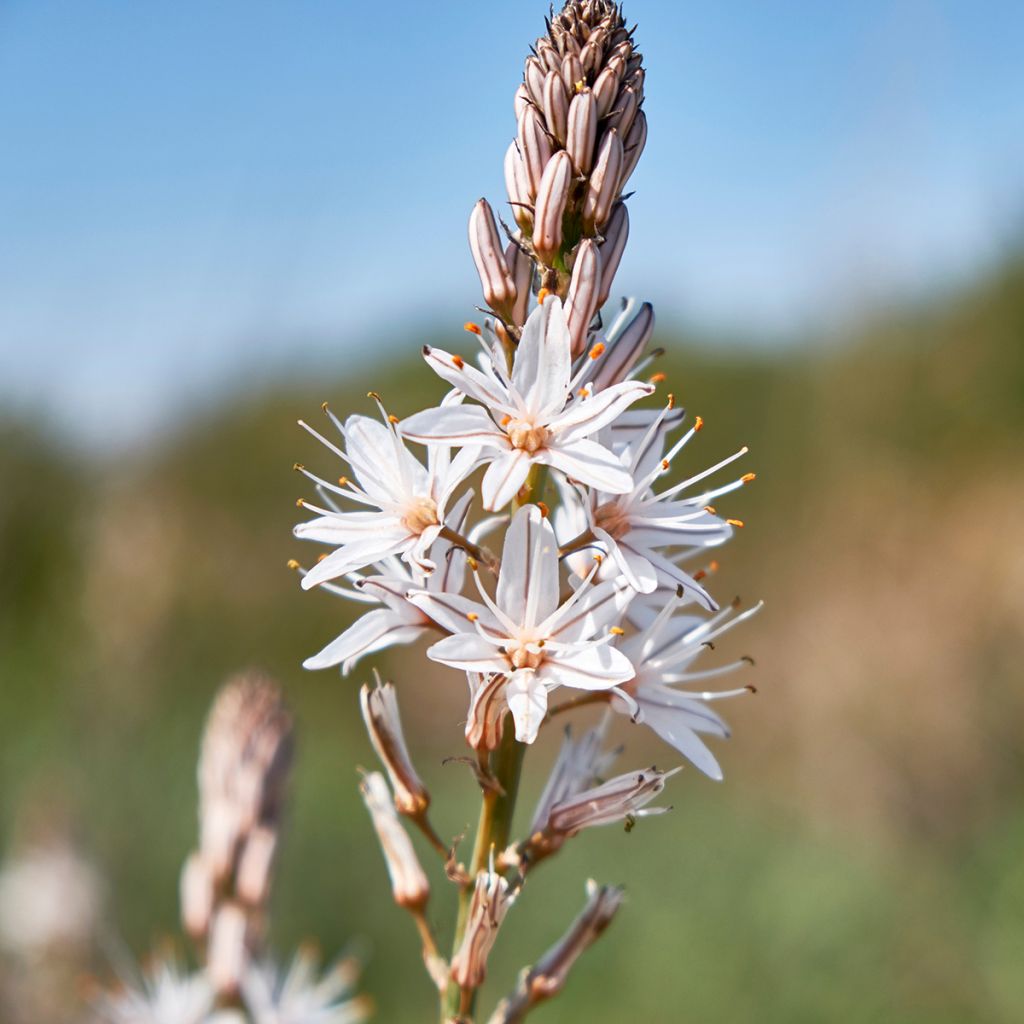

Asphodelus albus
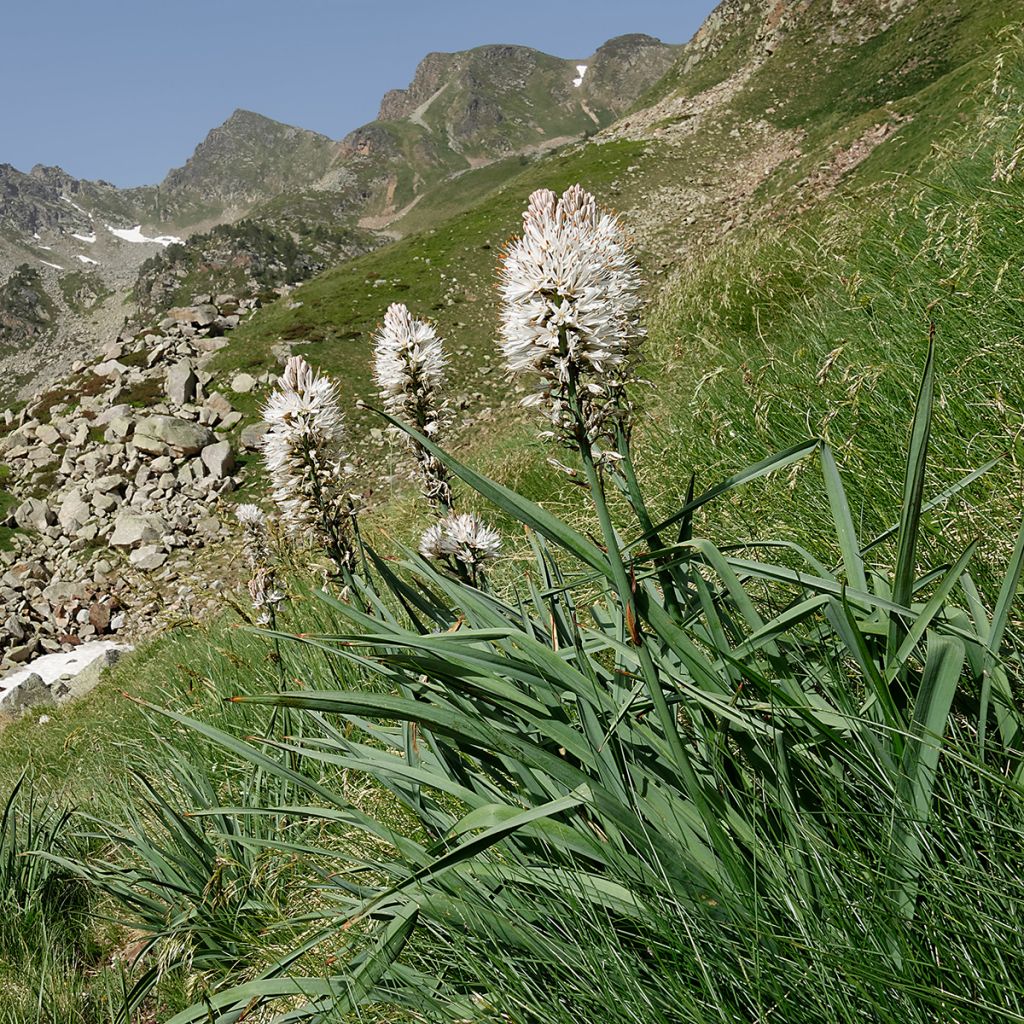

Asphodelus albus
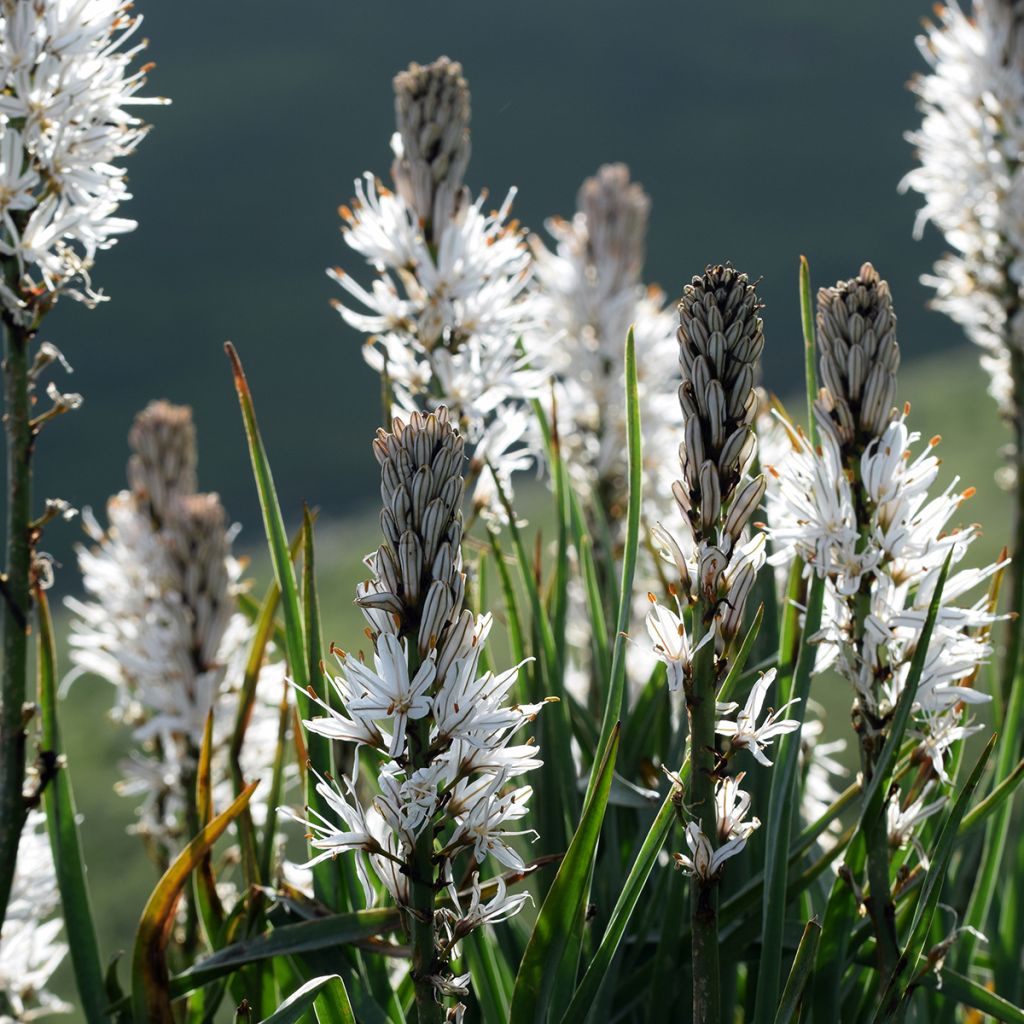

Asphodelus albus
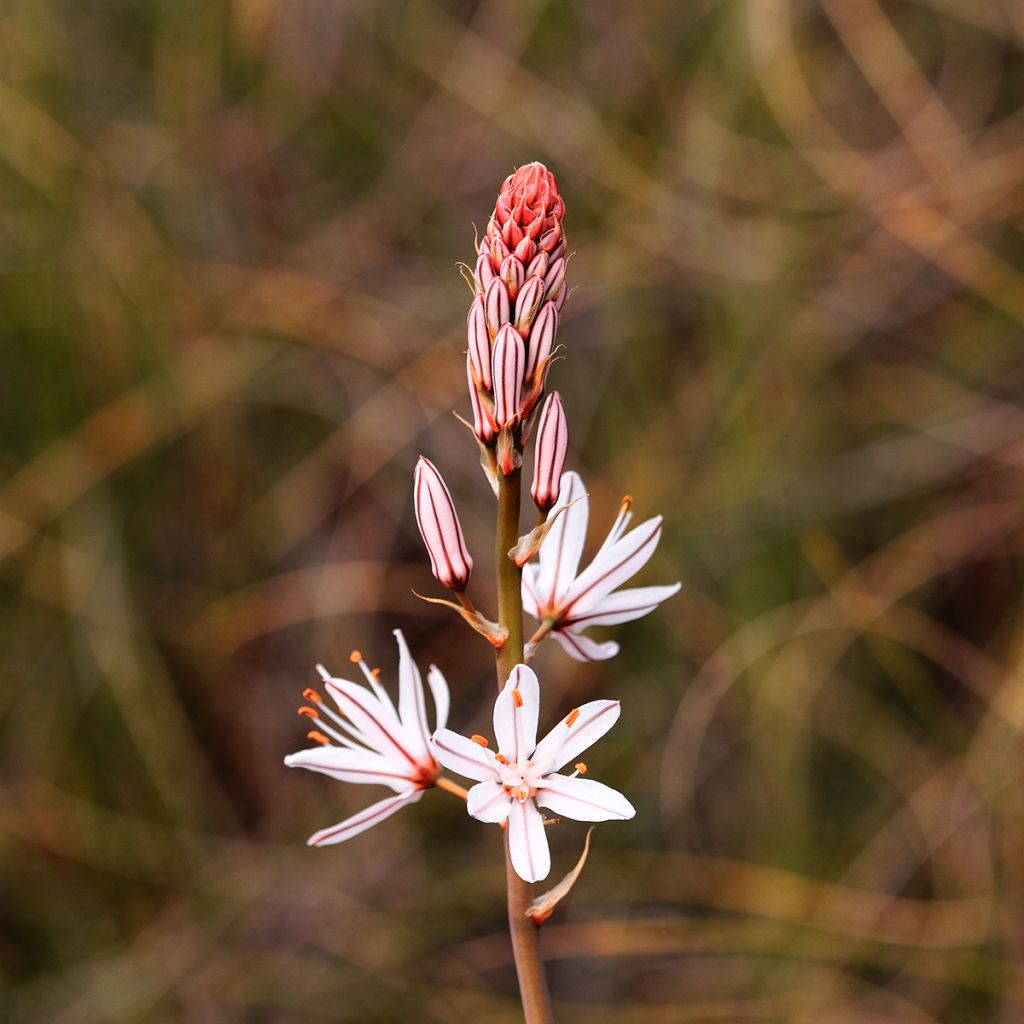

Asphodelus albus
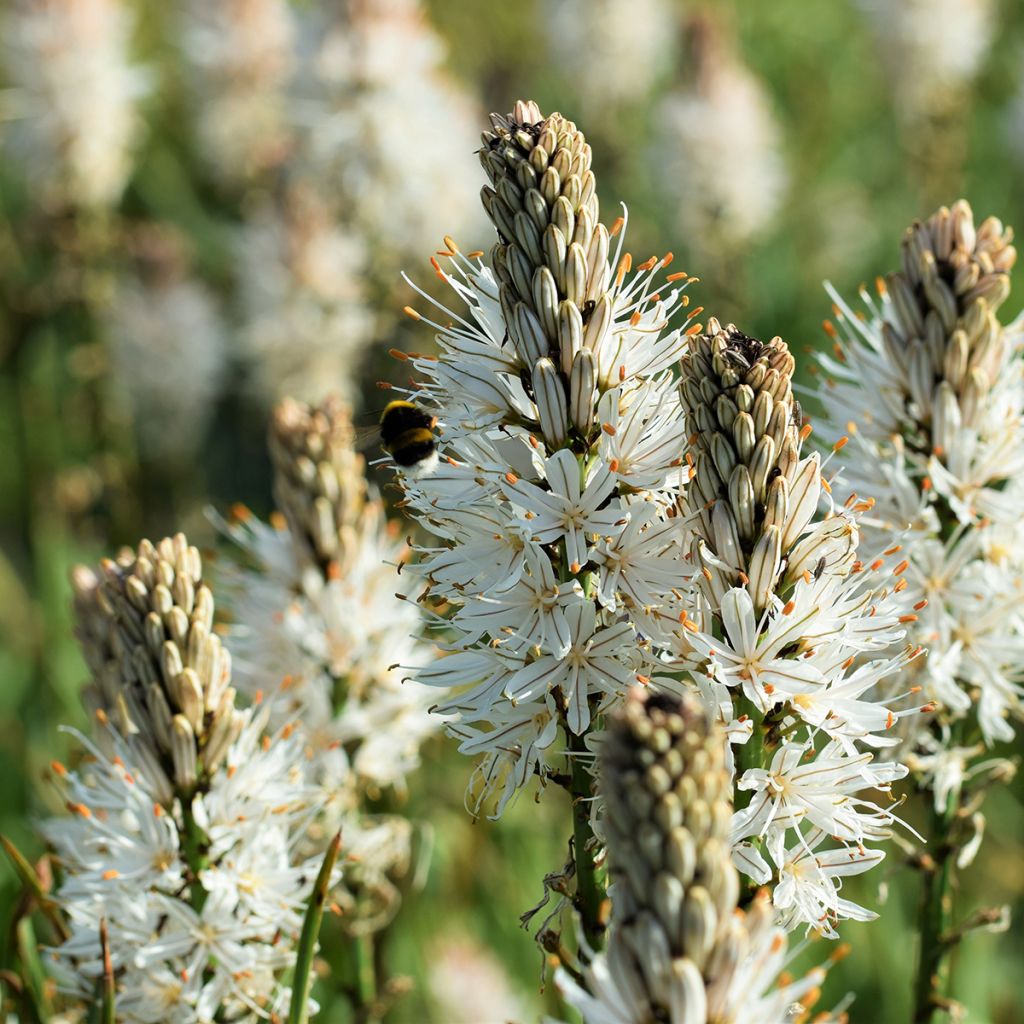

Asphodelus albus
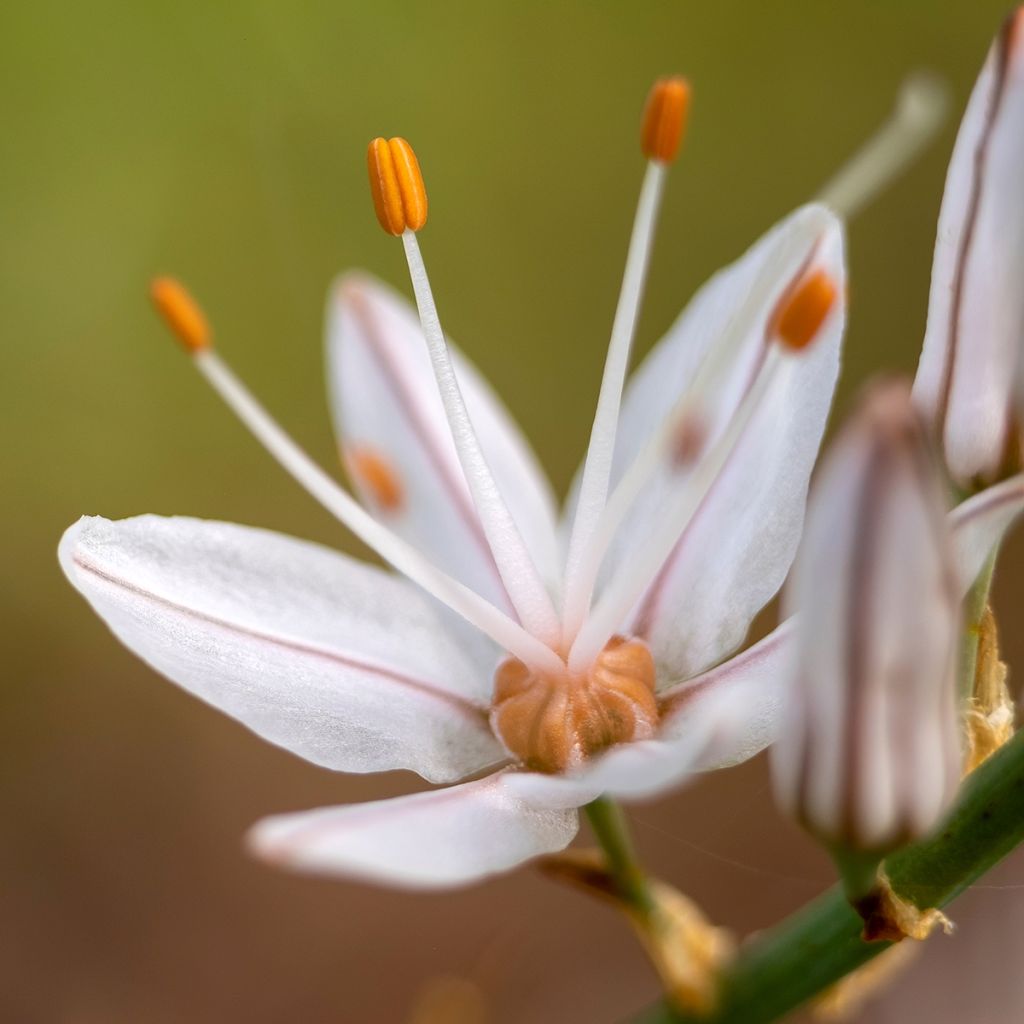

Asphodelus albus
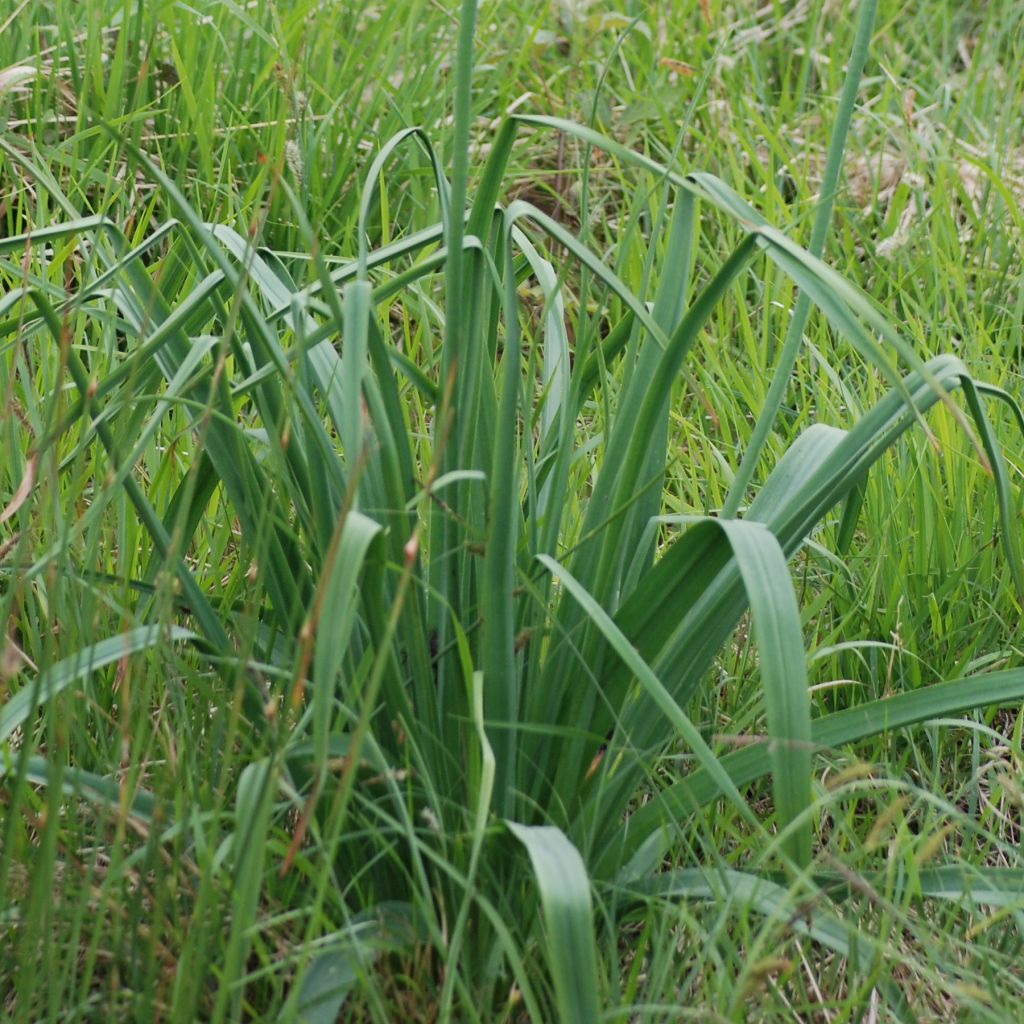

Asphodelus albus
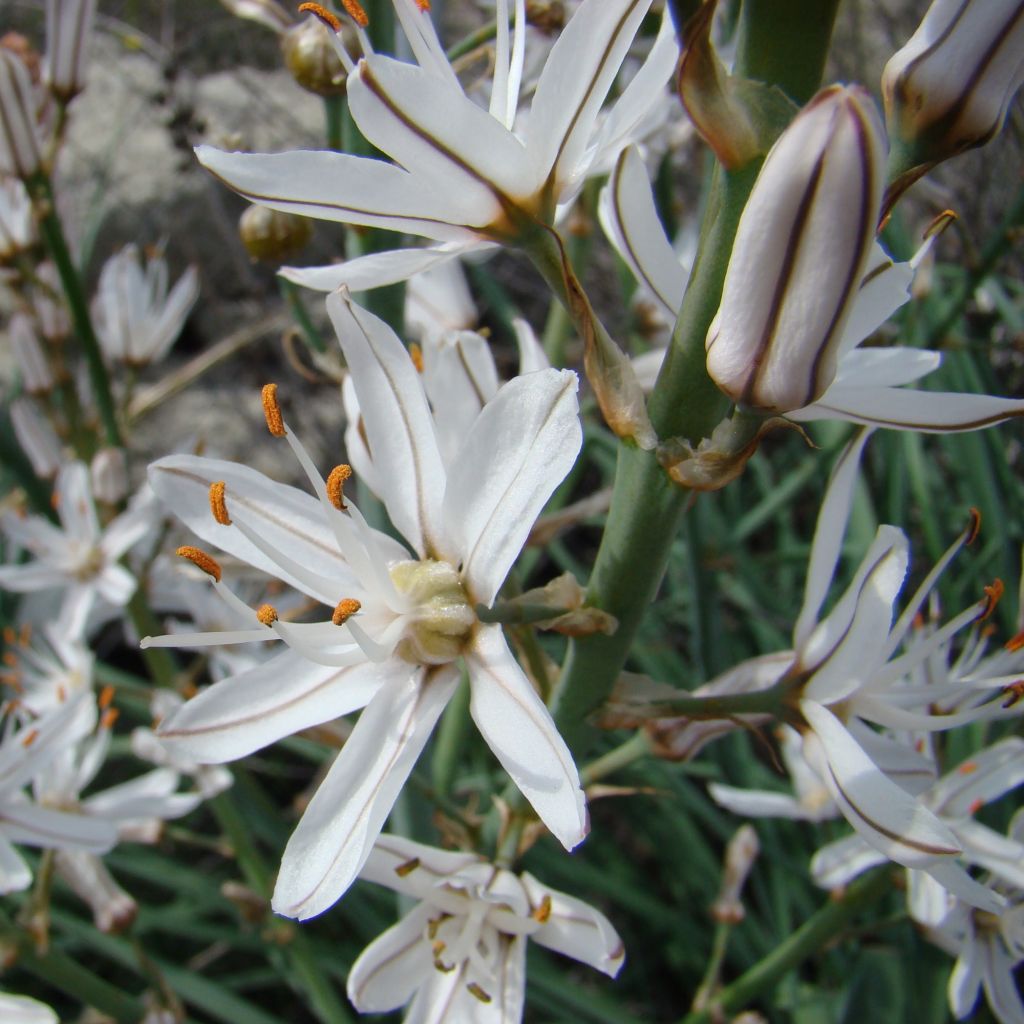

Asphodelus albus
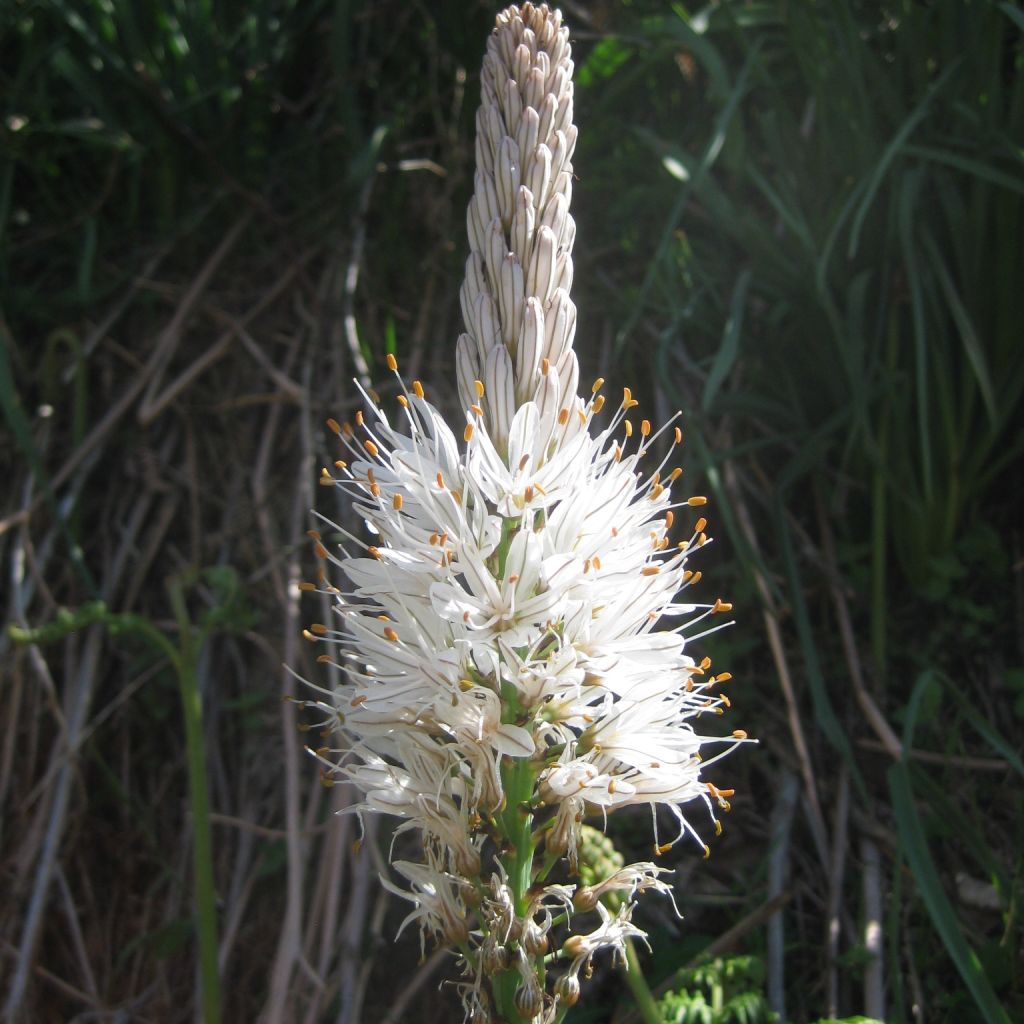

Asphodelus albus
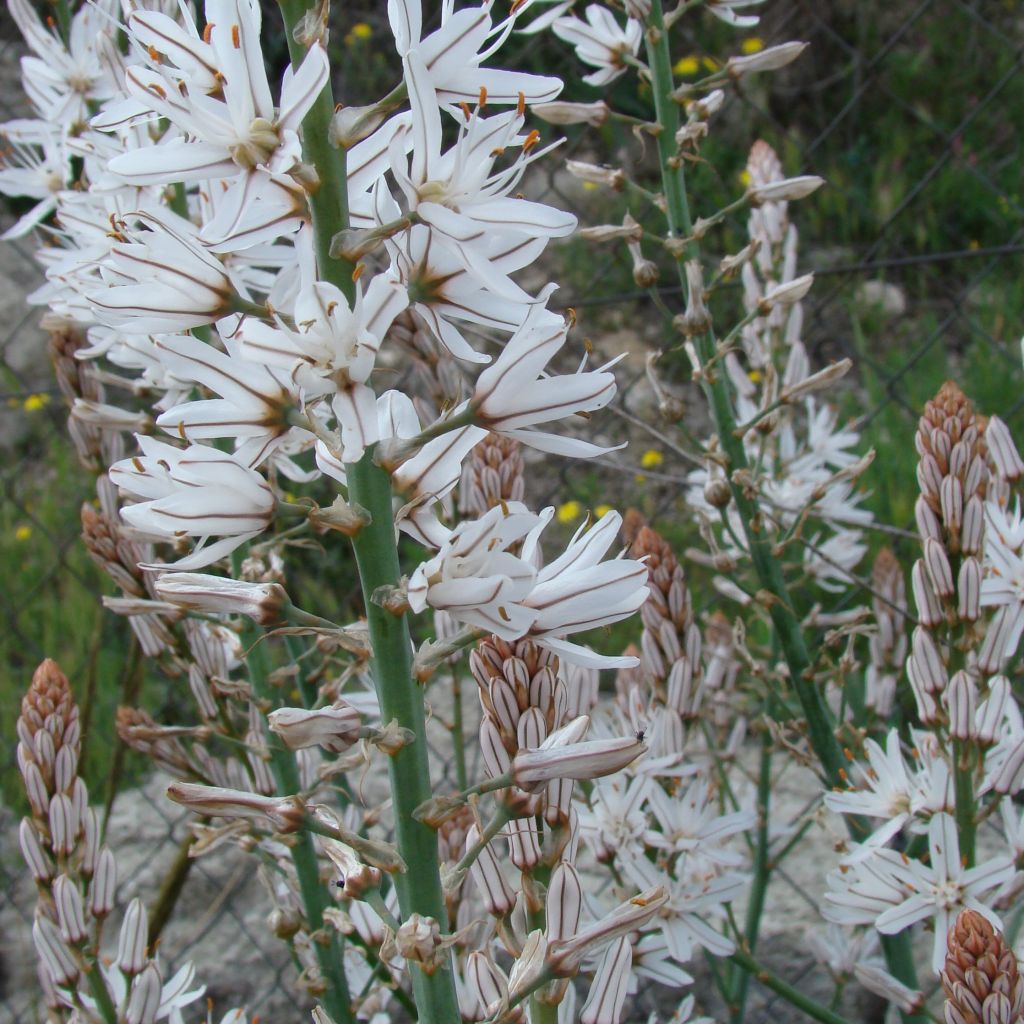

Asphodelus albus
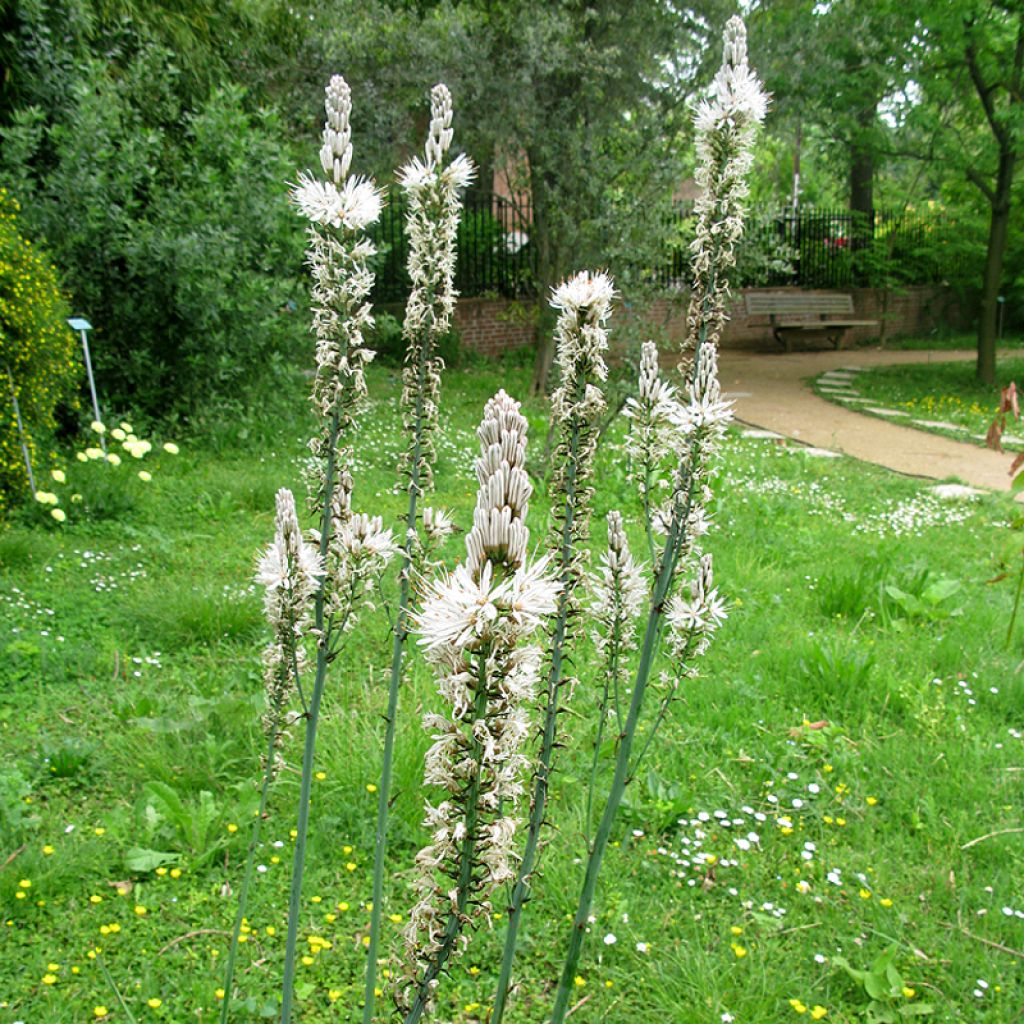

Asphodelus albus
Asphodelus albus
Asphodelus albus
White Asphodel, Rimmed Lichen, White-Flowered Asphodel
Well packaged parcel: the plants arrived in good condition. I'm pleased to have received the asphodels as they are no longer found in stores.
Maguy, 25/10/2024
Why not try an alternative variety in stock?
View all →This plant carries a 12 months recovery warranty
More information
We guarantee the quality of our plants for a full growing cycle, and will replace at our expense any plant that fails to recover under normal climatic and planting conditions.
From €5.90 for pickup delivery and €6.90 for home delivery
Express home delivery from €8.90.
Does this plant fit my garden?
Set up your Plantfit profile →
Description
Asphodelus albus, commonly known as White Asphodel or Rimmed Lichen, is probably the easiest to grow of all asphodels, because this plant of mountainous and Mediterranean origin has exceptional adaptation abilities that allow it to grow in quite high altitudes. This vigorous perennial is elegant in spring, with its tall spikes of tightly packed white, translucent, star-shaped flowers with long stamens. Its tall silhouette fades away in late summer, only to reappear in spring as a clump of long, narrow, leathery basal leaves, green-blue in colour. It is a long-lived plant that forms impressive clumps over time, perfectly suited for a white, wild, or water-saving garden.
White Asphodel is the most widespread species in the genus Asphodelus, which includes about 12 species of perennials and annuals grouped in the family Asphodelaceae (lilies). This botanical species is a deciduous perennial with tuberous roots, native to rather mountainous areas of southern Europe and North Africa where it can withstand very low temperatures, below -15 °C (5 °F).
The plant emerges from the ground in spring, with long, narrow, gutter-shaped leaves of a shiny green colour, gathered in a 40 cm (16 in) tall basal clump. Flowering takes place from May to July, depending on the climate. A very tall, thick, usually unbranched stem slowly emerges from the heart of the rosette, initially in the form of a large brown bud. As it elongates, this bud becomes adorned with black and white streaks, reaching a height of 80 cm (32 in) to 1.5 m (5 ft). At this stage, the leaves spread out on the ground in a 30 cm (12 in) radius and take on a darker, bluish hue. The inflorescence is a very dense terminal spike. The small flowers are 4 cm (2 in) wide stars with 6 white petals adorned with a brown median line and long stamens crowned with dark orange anthers. The flowering starts at the base of the spike and continues for almost a month up to the tip of the stem, with the lower flowers fading as the others bloom. It should be noted that asphodels generally flower every two years. The remarkably honey-producing flowers are followed by the production of a large quantity of round, brown fruits filled with round, flat seeds that germinate easily. This plant does not appreciate its fleshy tubers being disturbed.
White Asphodel is truly wonderful to observe in nature, where it forms a meadow from which large "candles" light up like white lighthouses in a desolate landscape that is sometimes steppe-like, and often chaotic and dotted with rocks. This is often enough to convince plant enthusiasts looking for something a bit more exotic to adopt in their gardens, which is not difficult. On a large limestone slope, it will accompany all dry-land plants: lavender, rosemary, Euphorbia characias, cistus, Perovskia, evergreen ceanothus, valerian,and many others. Its excellent hardiness allows it to be adopted in colder, even mountainous climates, along with fireweed (Epilobium angustifolium), large-flowered brunelle, and monkshood, in cooler, rather acidic soil.
Asphodels have long been associated with death. An ancient custom was to place bouquets of asphodels on the graves of the deceased. The origin of this custom can be traced back to Greek mythology: a region of the underworld was called 'the meadow of asphodels' or 'the plain of asphodels', and it was this place that welcomed the ghostly souls of the deceased.
The stem of the asphodel, which dries up in summer, has remarkable mechanical qualities. It was formerly used in certain regions for weaving small baskets and even for making scale models of aeroplanes, as the rigid stem – which is covered with long woody fibres and encloses a pithy core – provided both strength and lightness.
Report an error about the product description
Asphodelus albus in pictures


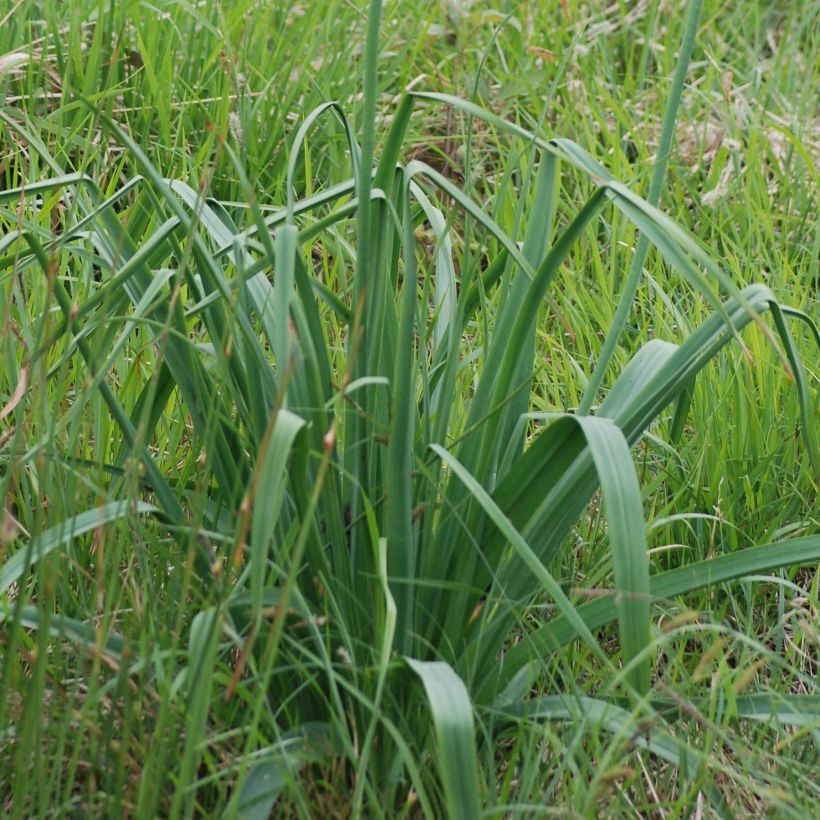

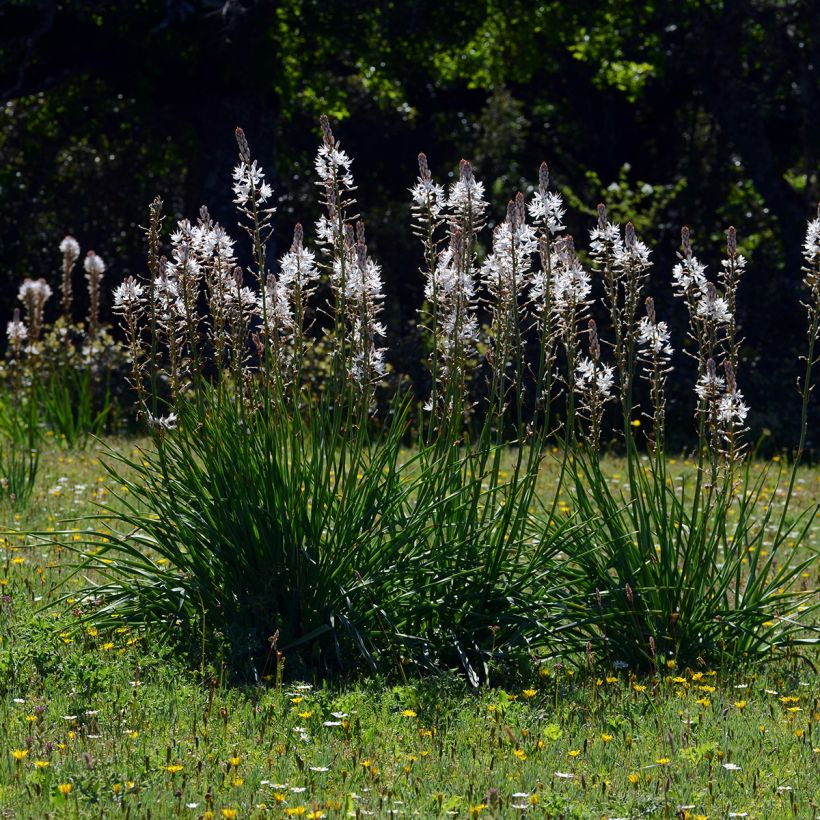

Flowering
Foliage
Plant habit
Botanical data
Asphodelus
albus
Asphodelaceae
White Asphodel, Rimmed Lichen, White-Flowered Asphodel
Mediterranean
Other Perennials A to Z
Planting and care
White Asphodel grows spontaneously on rather acidic soils degraded by fire or repeated grazing. This plant, linked to fire ecology, resists it well and takes the place of destroyed vegetation. This Asphodel is very adaptable to the nature of the soil and accepts both limestone and sandy or clayey soils, provided they are properly drained and well loosened. Its roots also establish themselves in rocky soils. It is preferably planted in a sunny, cleared or even windy position. This very hardy and drought-resistant plant only fears shade and competition from other plants. Remove faded flowers if you want to avoid spontaneous sowing.
Planting period
Intended location
Care
-
, onOrder confirmed
Reply from on Promesse de fleurs
Haven't found what you were looking for?
Hardiness is the lowest winter temperature a plant can endure without suffering serious damage or even dying. However, hardiness is affected by location (a sheltered area, such as a patio), protection (winter cover) and soil type (hardiness is improved by well-drained soil).

Photo Sharing Terms & Conditions
In order to encourage gardeners to interact and share their experiences, Promesse de fleurs offers various media enabling content to be uploaded onto its Site - in particular via the ‘Photo sharing’ module.
The User agrees to refrain from:
- Posting any content that is illegal, prejudicial, insulting, racist, inciteful to hatred, revisionist, contrary to public decency, that infringes on privacy or on the privacy rights of third parties, in particular the publicity rights of persons and goods, intellectual property rights, or the right to privacy.
- Submitting content on behalf of a third party;
- Impersonate the identity of a third party and/or publish any personal information about a third party;
In general, the User undertakes to refrain from any unethical behaviour.
All Content (in particular text, comments, files, images, photos, videos, creative works, etc.), which may be subject to property or intellectual property rights, image or other private rights, shall remain the property of the User, subject to the limited rights granted by the terms of the licence granted by Promesse de fleurs as stated below. Users are at liberty to publish or not to publish such Content on the Site, notably via the ‘Photo Sharing’ facility, and accept that this Content shall be made public and freely accessible, notably on the Internet.
Users further acknowledge, undertake to have ,and guarantee that they hold all necessary rights and permissions to publish such material on the Site, in particular with regard to the legislation in force pertaining to any privacy, property, intellectual property, image, or contractual rights, or rights of any other nature. By publishing such Content on the Site, Users acknowledge accepting full liability as publishers of the Content within the meaning of the law, and grant Promesse de fleurs, free of charge, an inclusive, worldwide licence for the said Content for the entire duration of its publication, including all reproduction, representation, up/downloading, displaying, performing, transmission, and storage rights.
Users also grant permission for their name to be linked to the Content and accept that this link may not always be made available.
By engaging in posting material, Users consent to their Content becoming automatically accessible on the Internet, in particular on other sites and/or blogs and/or web pages of the Promesse de fleurs site, including in particular social pages and the Promesse de fleurs catalogue.
Users may secure the removal of entrusted content free of charge by issuing a simple request via our contact form.
The flowering period indicated on our website applies to countries and regions located in USDA zone 8 (France, the United Kingdom, Ireland, the Netherlands, etc.)
It will vary according to where you live:
- In zones 9 to 10 (Italy, Spain, Greece, etc.), flowering will occur about 2 to 4 weeks earlier.
- In zones 6 to 7 (Germany, Poland, Slovenia, and lower mountainous regions), flowering will be delayed by 2 to 3 weeks.
- In zone 5 (Central Europe, Scandinavia), blooming will be delayed by 3 to 5 weeks.
In temperate climates, pruning of spring-flowering shrubs (forsythia, spireas, etc.) should be done just after flowering.
Pruning of summer-flowering shrubs (Indian Lilac, Perovskia, etc.) can be done in winter or spring.
In cold regions as well as with frost-sensitive plants, avoid pruning too early when severe frosts may still occur.
The planting period indicated on our website applies to countries and regions located in USDA zone 8 (France, United Kingdom, Ireland, Netherlands).
It will vary according to where you live:
- In Mediterranean zones (Marseille, Madrid, Milan, etc.), autumn and winter are the best planting periods.
- In continental zones (Strasbourg, Munich, Vienna, etc.), delay planting by 2 to 3 weeks in spring and bring it forward by 2 to 4 weeks in autumn.
- In mountainous regions (the Alps, Pyrenees, Carpathians, etc.), it is best to plant in late spring (May-June) or late summer (August-September).
The harvesting period indicated on our website applies to countries and regions in USDA zone 8 (France, England, Ireland, the Netherlands).
In colder areas (Scandinavia, Poland, Austria...) fruit and vegetable harvests are likely to be delayed by 3-4 weeks.
In warmer areas (Italy, Spain, Greece, etc.), harvesting will probably take place earlier, depending on weather conditions.
The sowing periods indicated on our website apply to countries and regions within USDA Zone 8 (France, UK, Ireland, Netherlands).
In colder areas (Scandinavia, Poland, Austria...), delay any outdoor sowing by 3-4 weeks, or sow under glass.
In warmer climes (Italy, Spain, Greece, etc.), bring outdoor sowing forward by a few weeks.

































